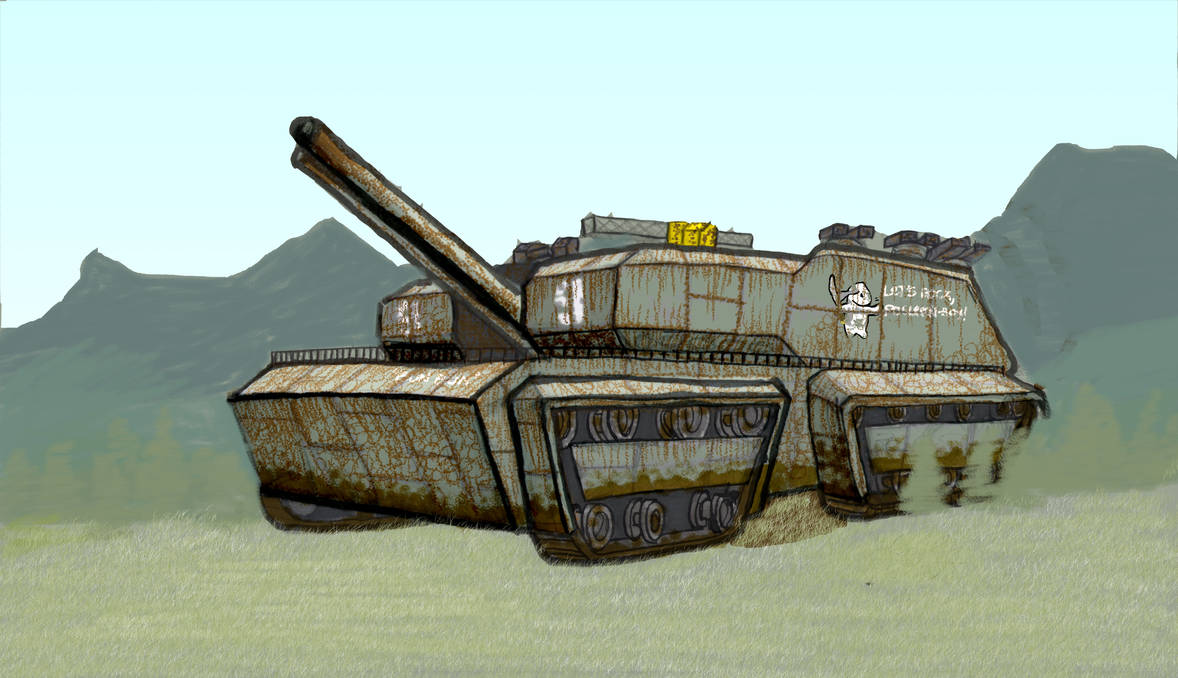Just asking some questions for my timeline about really big cannons in a WW2 environment.
Would it be useful to get a 240mm cannon on a self propelled chassis and employ these en masse? The T92 Howitzer Motor Carriage moved quite slowly but it also used a Heavy Tank chassis. Could the armor is stripped off until it is Humvee level thin? This is supposed to be used as artillery and not in direct tank to tank battles. Would groups of these things be useful in supporting tanks during battle? In the story these things are being brought to destroy fortifications but a nearby tank group gets into a fight so these things open fire on the enemy.
Now the hypothetical army has a lot of 240mm self propelled cannons traveling around would it be worth it to make a 280mm self propelled cannon in the WW2 environment. This second vehicle would have something akin to the M65 Atomic Cannon that fires conventional shells and instead of being hauled around by two other vehicles it is carried around by a single purpose built vehicle. Seems a bit of a hassle to have a completely separate vehicle class if you already have 240mm vehicles available for dealing with fortifications but the extra range (30km for the 280mm as opposed to the 20km for the 240mm) seems useful. Would it be practical to have a few 280mm mixed in or would it be more practical just to go for 240mm vehicles whenever a fort assault is needed. Perhaps use the 280mm to deal with any defensive 240mm cannons the enemy may have?
Would it be useful to get a 240mm cannon on a self propelled chassis and employ these en masse? The T92 Howitzer Motor Carriage moved quite slowly but it also used a Heavy Tank chassis. Could the armor is stripped off until it is Humvee level thin? This is supposed to be used as artillery and not in direct tank to tank battles. Would groups of these things be useful in supporting tanks during battle? In the story these things are being brought to destroy fortifications but a nearby tank group gets into a fight so these things open fire on the enemy.
Now the hypothetical army has a lot of 240mm self propelled cannons traveling around would it be worth it to make a 280mm self propelled cannon in the WW2 environment. This second vehicle would have something akin to the M65 Atomic Cannon that fires conventional shells and instead of being hauled around by two other vehicles it is carried around by a single purpose built vehicle. Seems a bit of a hassle to have a completely separate vehicle class if you already have 240mm vehicles available for dealing with fortifications but the extra range (30km for the 280mm as opposed to the 20km for the 240mm) seems useful. Would it be practical to have a few 280mm mixed in or would it be more practical just to go for 240mm vehicles whenever a fort assault is needed. Perhaps use the 280mm to deal with any defensive 240mm cannons the enemy may have?
